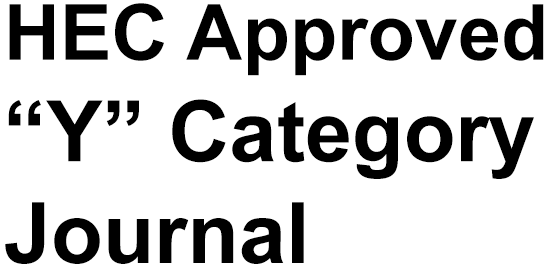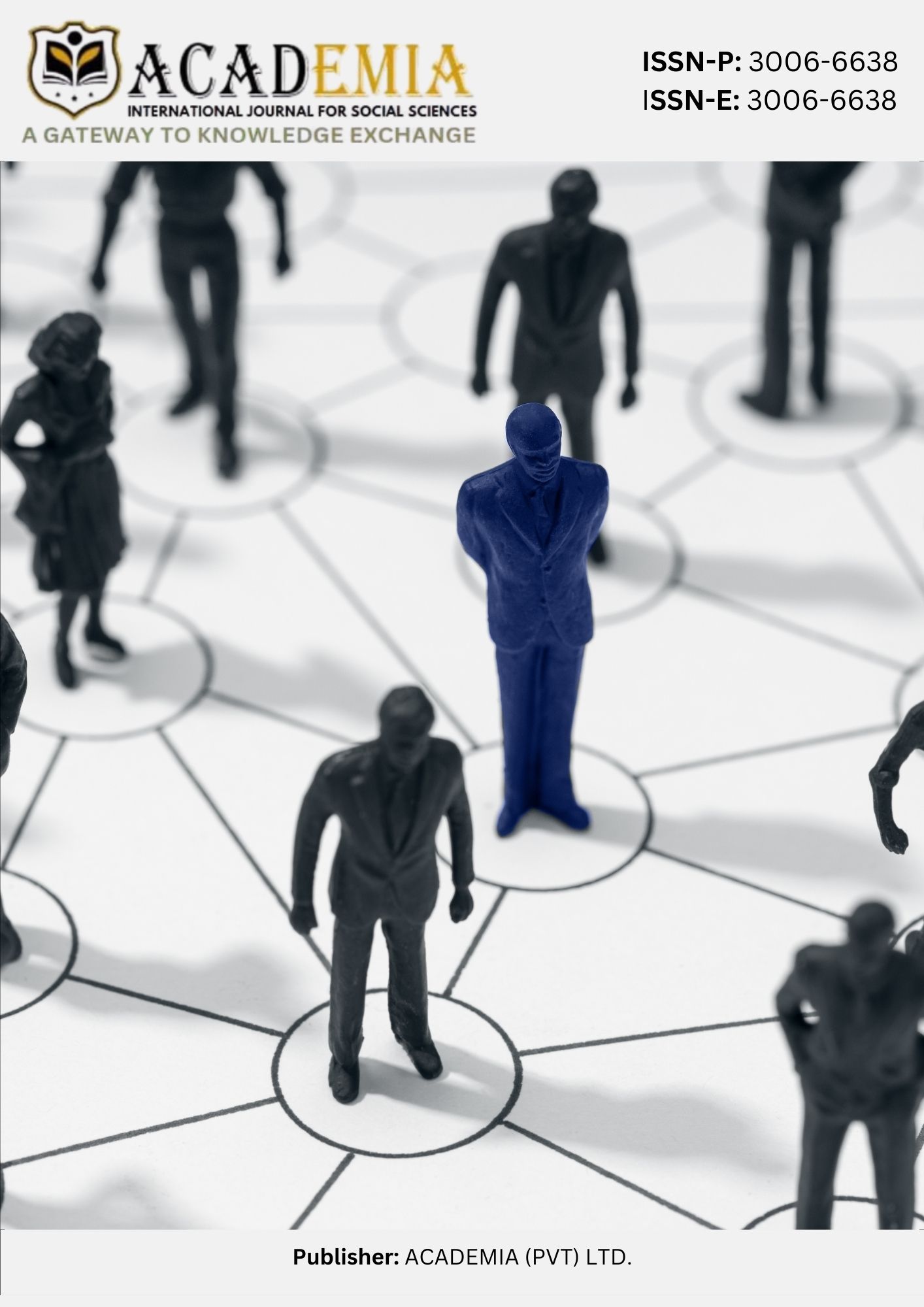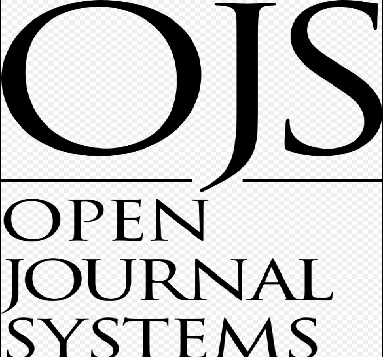Identifying Barriers to Spoken English Proficiency: A Case Study of NUML Pakistan
DOI:
https://doi.org/10.63056/ACAD.004.03.0374Keywords:
Spoken English, language anxiety , NUML students , communication barriers , English proficiency challengesAbstract
This study investigates the key challenges faced by students of the English Department at the National University of Modern Languages (NUML), Pakistan, in developing spoken English proficiency. Employing a quantitative research approach, data were collected through a structured questionnaire consisting of 10 close-ended questions. A total of 20 students—12 males and 8 females from various semesters—participated in the study through random sampling. Statistical tools and graphical analysis were used to interpret the data. Findings reveal a range of persistent issues that hinder students’ spoken English skills, including grammatical errors, pronunciation difficulties, shyness, anxiety, low confidence, and fear of making mistakes. Additional challenges such as limited functional vocabulary, lack of performance opportunities, and the complexity of language structures further impact their oral communication abilities. The study highlights the urgent need for targeted pedagogical interventions to address these barriers and enhance students’ communicative competence in English.
Downloads
Published
Issue
Section
License
Copyright (c) 2025 Ushna Khan, Sabeen Javaid, Tayyaba Khan, Aiman Rehman, Ahmun Ara (Author)

This work is licensed under a Creative Commons Attribution 4.0 International License.












